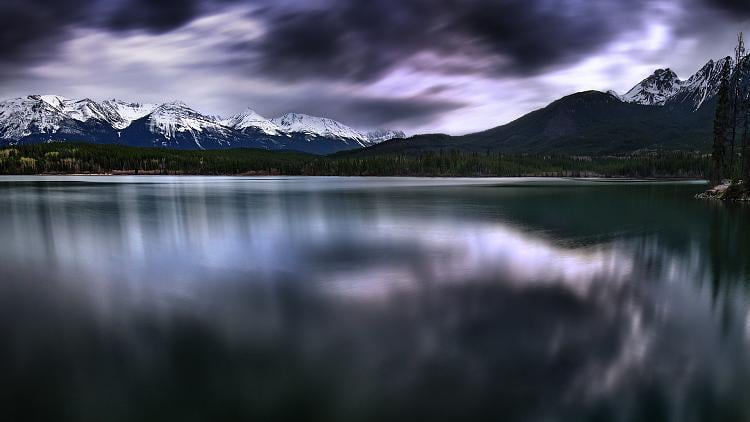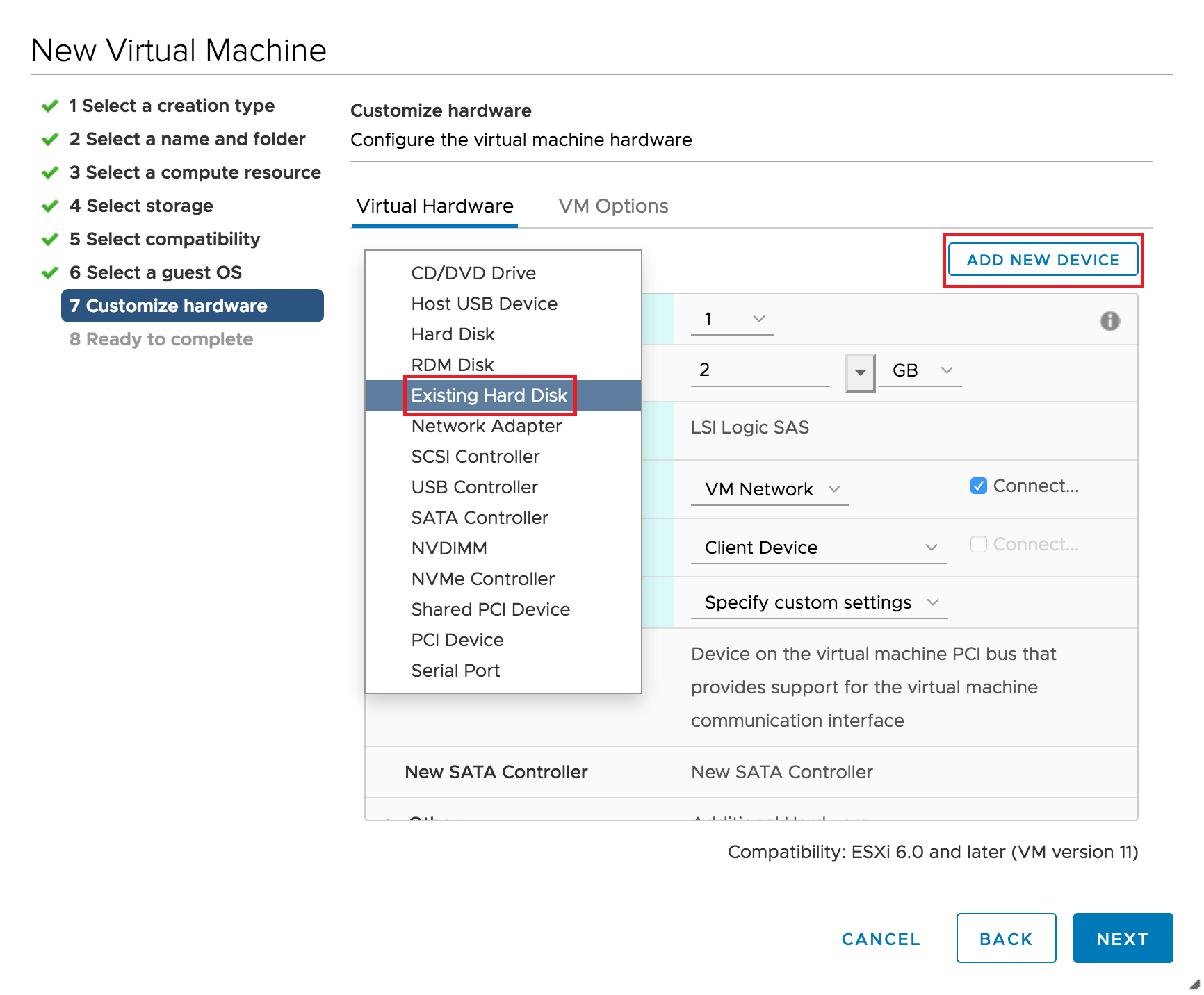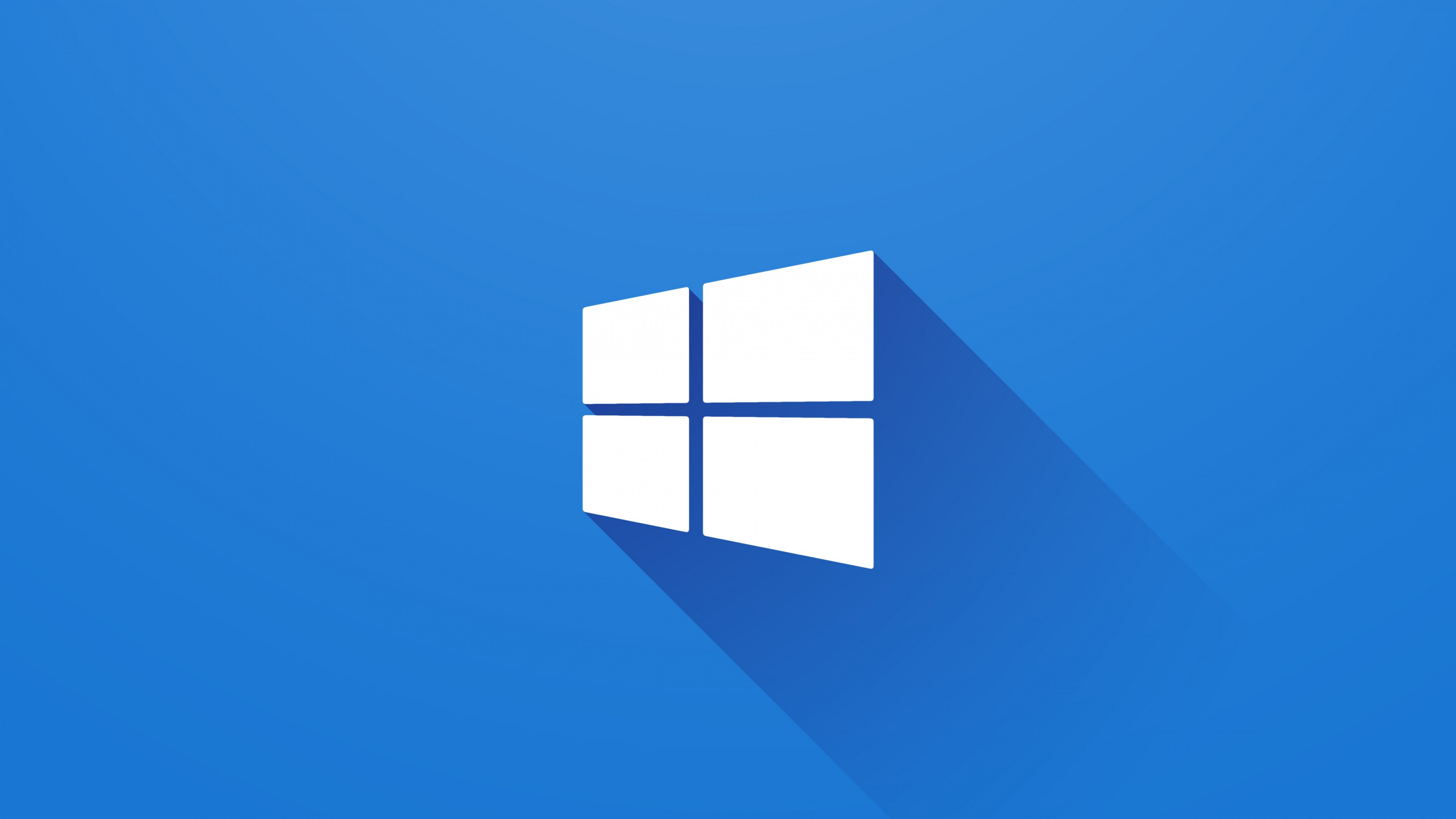
If you do not do this you may get a Stale NFS Handle or Permission denied error when trying to mount. Windows look for free space and give you a reading of how much free space. Next make sure the Local Security Policy on the Windows Server you are going to map to has the following settings under Security options. When I turn on the virtual machine, it is projection 10 used HARD disk space. This opens outbound TCP ports 137 139 and 445. ğirst you will have to open the firewall port in ESX by typing in the service console esxcfg-firewall -e smbClient. Here are a few useful guides weve written to guide you in the process of reinstalling Windows, all of these use the Media Creation Tool for different purposes. This tool provides the best download experience for customers running Windows 7, 8.1 and 10. You can also use this technique to create other mount points on the ESX server if you need to copy files from a Windows server to or from it for patches and other things. Use the media creation tool to download Windows. You could just create a directory on your VMFS volume and copy them there but this takes valuable disk space away from the ESX server. You can create a mount point inside /vmimages so your VMs can access ISO files when needed. SSH into your ESXi host, then: vmk fstools -i CentOS7-1/CentOS7-10.vmdk CentOS7-2/CentOS7-2.vmdk -d thin Next, create a new VM as normal, but on the Customize Settings dialog, press the X on the right to delete the disk created by the new VM wizard: Next, press ‘Add new disk’, select ‘Existing hard disk’, then point to the copy of the. How do I create a ISO mount point that points to a Windows Server for storing ISO files for my VMs? Like Steve mentioned you do have to use vmkfstools to copy back to a VMFS volume. RT omgubuntu: Linux kernel 6.0 is out, this is what's new #linux #opensource .You can also map to a Windows server from ESX instead of using WinSCP using the technique below.

RT nixcraft: me_irl: Undoubtedly I'm not lazy, but I am a lazy Linux or Unix dev ( ⊙‿⊙) /en/8/… 15 hours ago
/cdn.vox-cdn.com/uploads/chorus_image/image/45507918/slack_for_ios_upload.0.0.jpg)


You can chose the Disk format by using the -d diskformat suboption. Kubernetes Service (AKS) cluster on Azure,using Azure CLI The -i option used with vmkfstools creates a copy of a virtual disk, using the following syntax: vmkfstools -i src dst Where src is the current vmdk location (datastore1) and dst is the destination (datastore2) where you would like the vmdk file copied to.


 0 kommentar(er)
0 kommentar(er)
